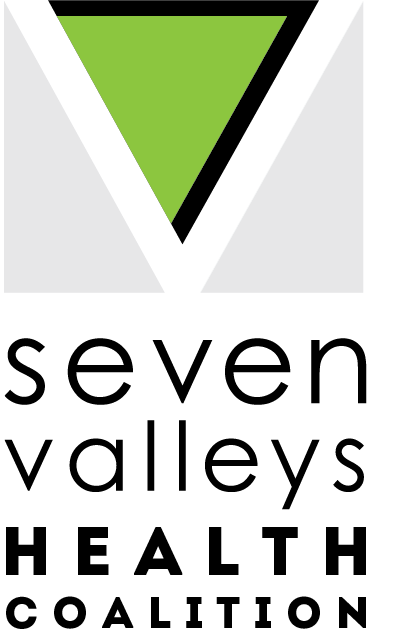Social Determinates of Health (SDOH)
Conditions, where people live, learn, work and play, affect their health, quality of life, and health outcomes, which are known as social determinants of health. There are five key areas: healthcare access and quality, education access and quality, social and community context, economic stability, and neighborhood and built environment. The zip code where you live may be one of the biggest predictors of health outcomes due to social determinants of health.
Healthcare Access and Quality are impacted by access. Healthy People 2030, state about 1 in 10 people in the United States does not have health insurance (https://health.gov/healthypeople/objectives-and-data/browse-objectives/health-care-access-and-quality) meaning they are less likely to have a primary care doctor. Primary care doctors help manage chronic health conditions, keep you well and work with you to meet your healthcare needs. If patients do not have routine exams, such as a physical, a provider does not have their baseline or may miss the ability to complete important blood work, cancer screenings, or even provide key checks for their patients. Having a primary care provider is one piece, and so is the ability to access timely appointments that work on the schedule of the provider and patient.
Education access and quality play a role in our health outcomes as those with higher education levels are more likely to be healthier and live longer. According to DoSomething.Org bullying may impact a young person’s ability to read or even do math (https://www.dosomething.org/us/facts/11-facts-about-bullying). Youth who are bullied are more likely to drop out of high school, compared to those who are not bullied. This lower education means they are less likely to get high-paying safe jobs, and even more likely to have medical conditions like heart disease, depression, and diabetes as a result.
Social and community contexts impact our mental well-being and overall health. Our relationships with our peers, friends, co-workers, community, and family help us grow and get through various situations in life. Having positive relationships can help with life challenges like affording things you need, parenting, transportation, and even discrimination.
Economic stability is the ability to have resources essential to a healthy life. This includes employment, employment protections like paid sick leave or childcare, affordable housing, living wage employment, and reliable transportation. 1 in 10 people in the United States lives in poverty. This impacts their ability to secure healthy food, health care, and housing. Employment is one piece that can provide economic stability, but many people have trouble finding and keeping a job. This could be due to injuries, disability, cost of childcare, or lack of transportation.
Neighborhood and Built environment are the physical spaces we live, spend time in or work in. Living in an area with unsafe air or water, high violence, or even other health and safety risks impact health. Racial/ethnic minorities are more likely to live in places with these risks, according to the Centers for Disease Control. People may also be exposed to harmful things at work or in the community like secondhand smoke or even loud noises.
Understanding these social determinates of health helps us to understand how we can keep or get ourselves healthy outside of our medical care. By being aware of and working to improve SDOH we can reduce health disparities that are often rooted in social and economic disadvantages. Public health, community-based organizations, schools and even government officials use this information to support healthy communities and address health disparities. The information learned from SDOH is used to support improved public health outcomes but creating or supporting social programs to improve these outcomes. Some examples of these programs are grants to improve community spaces or housing, increasing income limits for social programs like childcare subsidies or health insurance assistance, creating more jobs or development of social programs in communities.


